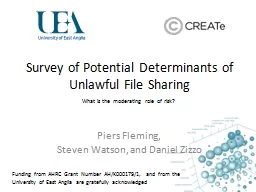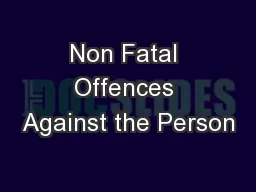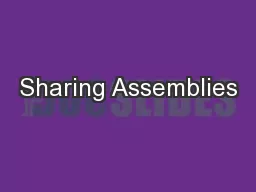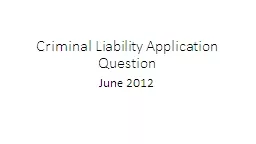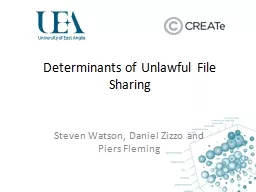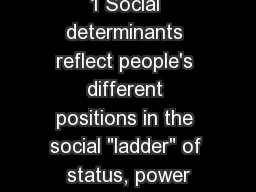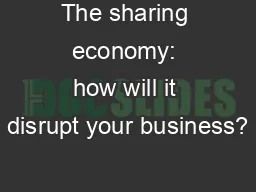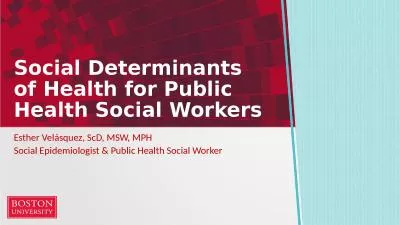PPT-Survey of Potential Determinants of Unlawful File Sharing
Author : giovanna-bartolotta | Published Date : 2017-07-01
Piers Fleming Steven Watson and Daniel Zizzo What is the moderating role of risk Funding from AHRC Grant Number AHK0001791 and from the University of East
Presentation Embed Code
Download Presentation
Download Presentation The PPT/PDF document "Survey of Potential Determinants of Unla..." is the property of its rightful owner. Permission is granted to download and print the materials on this website for personal, non-commercial use only, and to display it on your personal computer provided you do not modify the materials and that you retain all copyright notices contained in the materials. By downloading content from our website, you accept the terms of this agreement.
Survey of Potential Determinants of Unlawful File Sharing: Transcript
Download Rules Of Document
"Survey of Potential Determinants of Unlawful File Sharing"The content belongs to its owner. You may download and print it for personal use, without modification, and keep all copyright notices. By downloading, you agree to these terms.
Related Documents

